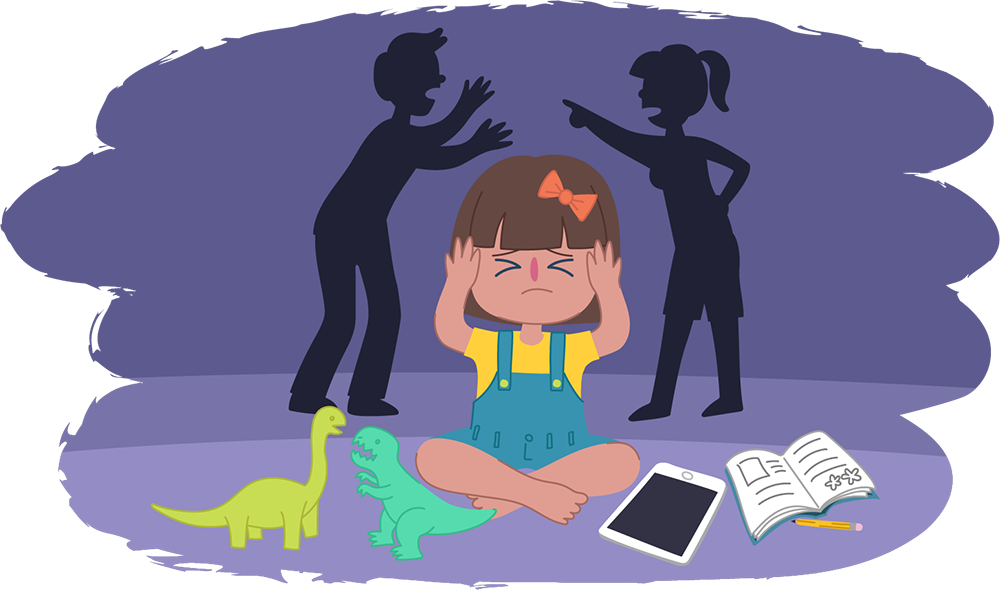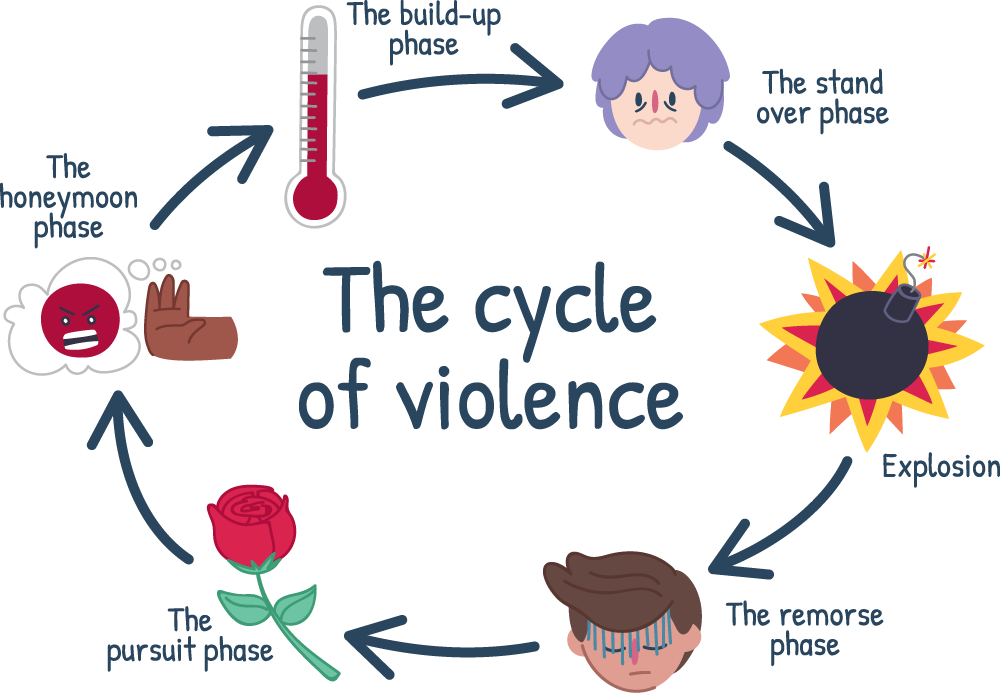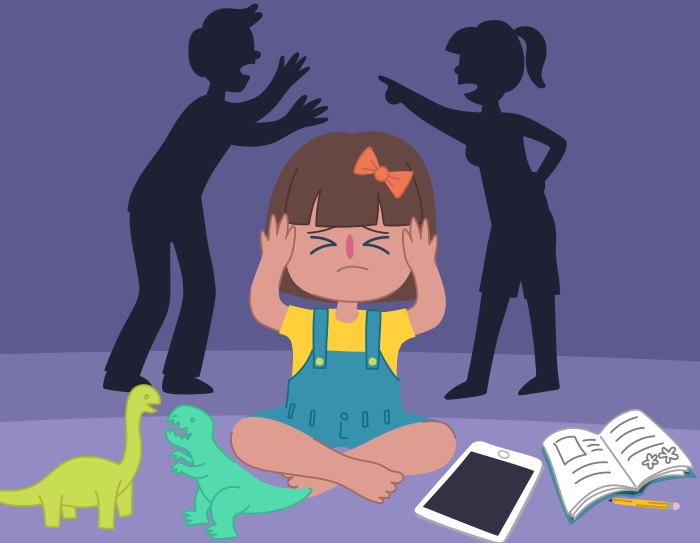Families impacted by domestic violence
Domestic violence can happen in any family. It’s never ok and everybody deserves to feel safe and free to be themselves.

Living with domestic violence is not ok
Violence can happen in any family - rich or poor, rural or urban, all age groups and backgrounds.
- Domestic violence – also known as family violence – isn’t about somebody being unable to control their anger. Abusers believe they are entitled to have power and control over their partner.
- Some forms of family violence – stalking, threats, sexual and physical violence – are a crime. The behaviour of the abuser makes it very hard for the other person to leave.
Once family violence begins, it may get worse over time.
Types of violence
Here are some examples of how abusers control their partners:
Controlling their partner's finances
Isolating their partner from others
Verbal abuse and put downs
Threatening or hurting pets
Emotional abuse and humiliation
‘Gaslighting’ and manipulation
Threats and intimidation
Physical abuse
Accusations and starting arguments
Use of weapons or objects thrown
Sexual abuse and rape
Harassment and abuse of children

The cycle of violence
There are six stages in the cycle of violence as set out by Lenore Walker.
These stages may not be the same for everyone. But this model can help you understand how the violent behaviour occurs.
- The build-up phase – Relationship becomes tense and the abuser increases verbal, emotional or financial abuse
- The stand over phase – Described as ‘walking on eggshells’ and fear that anything might set off the abuser
- Explosion – The peak of the cycle where the abuser uses violence to control the other person and tension is released
- The remorse phase – The abuser may feel ashamed and withdraw from the other person or try to justify their actions
- The pursuit phase – Abuser promises to change or makes up for their behaviour eg. giving gifts, increased affection and attention
- The honeymoon phase – Denial over how bad the abuse/violence is and ignoring the likelihood of it happening again
Living in a climate of fear and control can cause harm
While there are many ways in which family violence impacts children, here are some key things to consider:
Babies and young kids pick up on it even if they are in another room
Children will react differently depending on age and exposure
Abuse between parents increases the risk of abuse to children
Violence at home can teach kids it’s ok to inflict pain on others
Children of abusers will NOT always become abusers as adults
Some children may have mental health issues eg. depression, anxiety
Children tend to blame themselves for their parents' problems
Some children may have behavioural problems eg. aggression
Supporting kids who experience family violence
A warm supportive relationship with a protective adult can make all the difference!
Support for families impacted by family violence
For parenting support, these services are available from anywhere in Australia:
Some services will help your family find a safe place to stay, assist you in creating a safety plan and connect you with supports in your community.
Kids and young people under 25 years old can contact Kids Helpline and talk with a counsellor about what’s happening and get help. They can give us a call, start a WebChat or email us today.
If you are looking for more digital services and resources, check out Head to Health.
Check these out too:
Building healthy family relationships
Healthy family relationships are important for your child’s wellbeing and development. ...
READ MEBuilding respectful relationships
As a parent, you play an important role in helping your kids ...
READ MEHow Parentline can help you
Parenting can be a tough job but also really rewarding. Talking to ...
READ MEHow Kids Helpline can help your child
Curious about what Kids Helpline does and how it can help? We’...
READ METalking helps! We’re here for you.
No problem is too big or too small.
We're here 24 hours a day, 7 days a week






